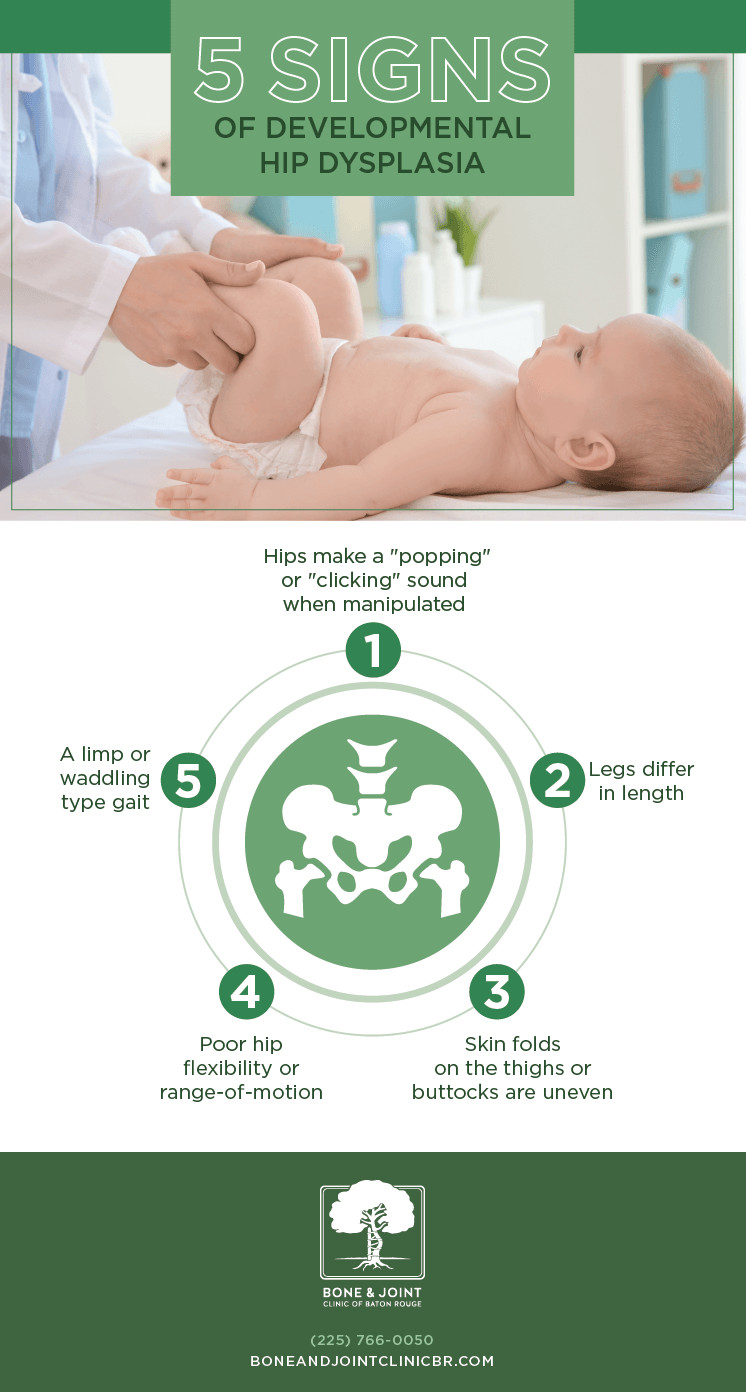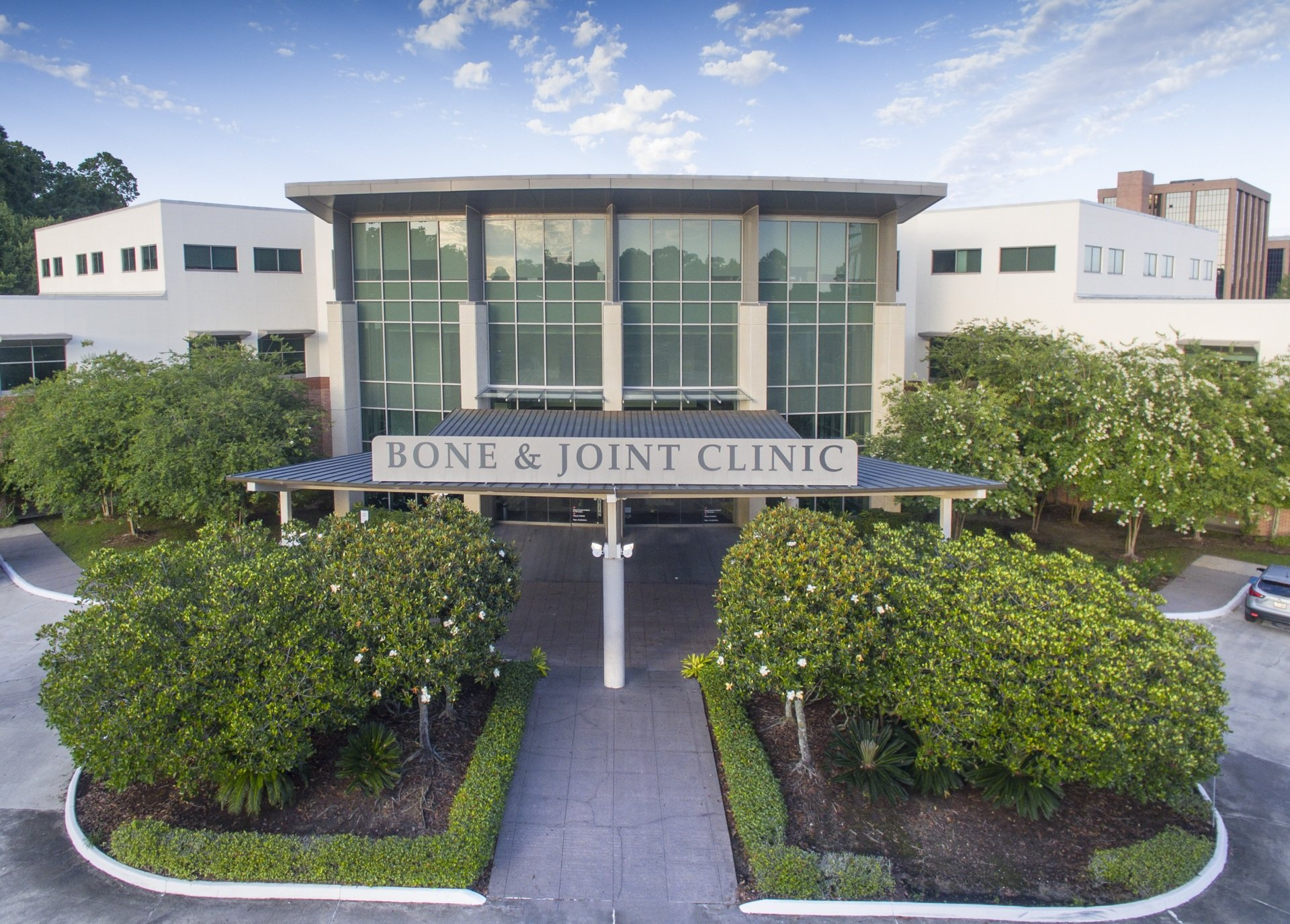By Bone and Joint Clinic Staff
•
April 1, 2025
BATON ROUGE, LA, January 30, 2025 – Effective April 1, 2025, four distinguished orthopedic surgeons from The Bone and Joint Clinic of Baton Rouge will transition to Baton Rouge Orthopedic Clinic (BROC), continuing their commitment to providing high-quality orthopedic care. The physicians joining BROC are: 1. Joseph "Jeb" Broyles, MD – Specializes in joint replacement surgery, knee arthroscopy, and cartilage regeneration. 2. Arthur "Art" Hess, MD – Specializes in trauma, hip, knee, and shoulder reconstruction, and total joint replacement surgery. 3. Mat hew "Matt" Mazoch, M D – Specializes in shoulder and knee surgery. 4. Alan Schroeder, MD – Specializes in sports medicine and shoulder surgery. Beginning April 1, 2025, these physicians will operate under BROC's umbrella while continuing to see patients at The Bone and Joint Clinic of Baton Rouge's current location, 7301 Hennessy Blvd. Eventually, the doctors plan to transition to BROC's campus on Bluebonnet Blvd. The estimated timeline for that move is Summer/Fall 2025. In addition, Dr. Patrick Hall will be transitioning to his own practice, Hall Podiatry, that will continue to provide quality podiatric care to patients. Dr. Hall will continue to practice at 7301 Hennessy Blvd. until May/June 2025. After that date, patients may see him at a new nearby location. Dr. Christopher Belleau is transitioning to The Neuromedical Center in Baton Rouge. Patients are encouraged to continue scheduling appointments at The Bone and Joint Clinic of Baton Rouge using the current process for the foreseeable future. To ensure a seamless transition, The Bone and Joint Clinic of Baton Rouge will provide detailed information to patients in the coming weeks, including the secure transfer of medical records and continuity of care. The health and well-being of patients remain the top priority, and The Bone and Joint Clinic of Baton Rouge, BROC, and Hall Podiatry are working together to make this transition as smooth as possible while maintaining uninterrupted care. For more information or to schedule an appointment, patients can contact The Bone and Joint Clinic of Baton Rouge at 225-766-0050 or by visiting bjcbr.com . Patients can also reach BROC at 225-924-2424 or by visiting brortho.com .





